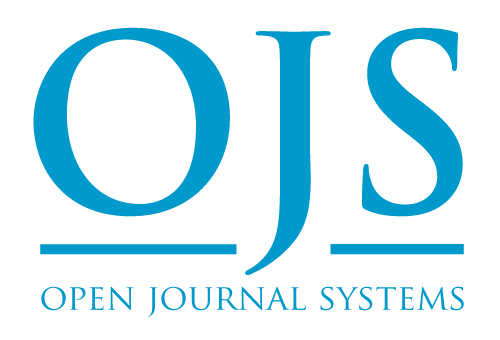The Parabolic Style of the Qur'an Concerning the Doctrine of the Hereafter: A Comparative Analysis of Tafsir al-Tha‘labi and Tafsir al-Munir
DOI:
https://doi.org/10.5281/Keywords:
Qur’anic parables, Hereafter, Tafsīr al-Tha‘labī, al-Tafsīr al-Munīr, comparative exegesis, rhetoric, tamthīlAbstract
This study examines the Qur’an’s parabolic style (tamthīl) in relation to the doctrine of the Hereafter through a comparative analysis of two major exegetical works: Tafsīr al-Tha‘labī (representing the classical, tradition-based interpretive approach) and al-Tafsīr al-Munīr by Wahbah al-Zuḥaylī (reflecting a modern, rational, and rhetorical method). The research explores how the Qur’an employs parables drawn from cosmological, natural, and botanical phenomena to communicate complex eschatological realities in vivid and accessible terms. By analysing selected verses, the study highlights the ways in which these exegetes interpret the imagery of reward and punishment, resurrection, and the temporality of worldly life. The findings indicate that while al-Tha‘labī relies heavily on transmitted reports, linguistic traditions, and variant readings, al-Zuḥaylī emphasises coherence, rhetorical impact, and contemporary relevance. This comparative approach demonstrates both the continuity and the evolution of Qur’anic interpretation, showing that Qur’anic parables are not mere literary devices but powerful instruments for affirming faith, awakening moral consciousness, and reinforcing the certainty of the Hereafter.
Downloads
Published
Issue
Section
License
Copyright (c) 2025 AL-HAYAT Research Journal (AHRJ)

This work is licensed under a Creative Commons Attribution 4.0 International License.











